Home>Furniture & Design>Bathroom Accessories>Why Does My Bathtub Get Moldy
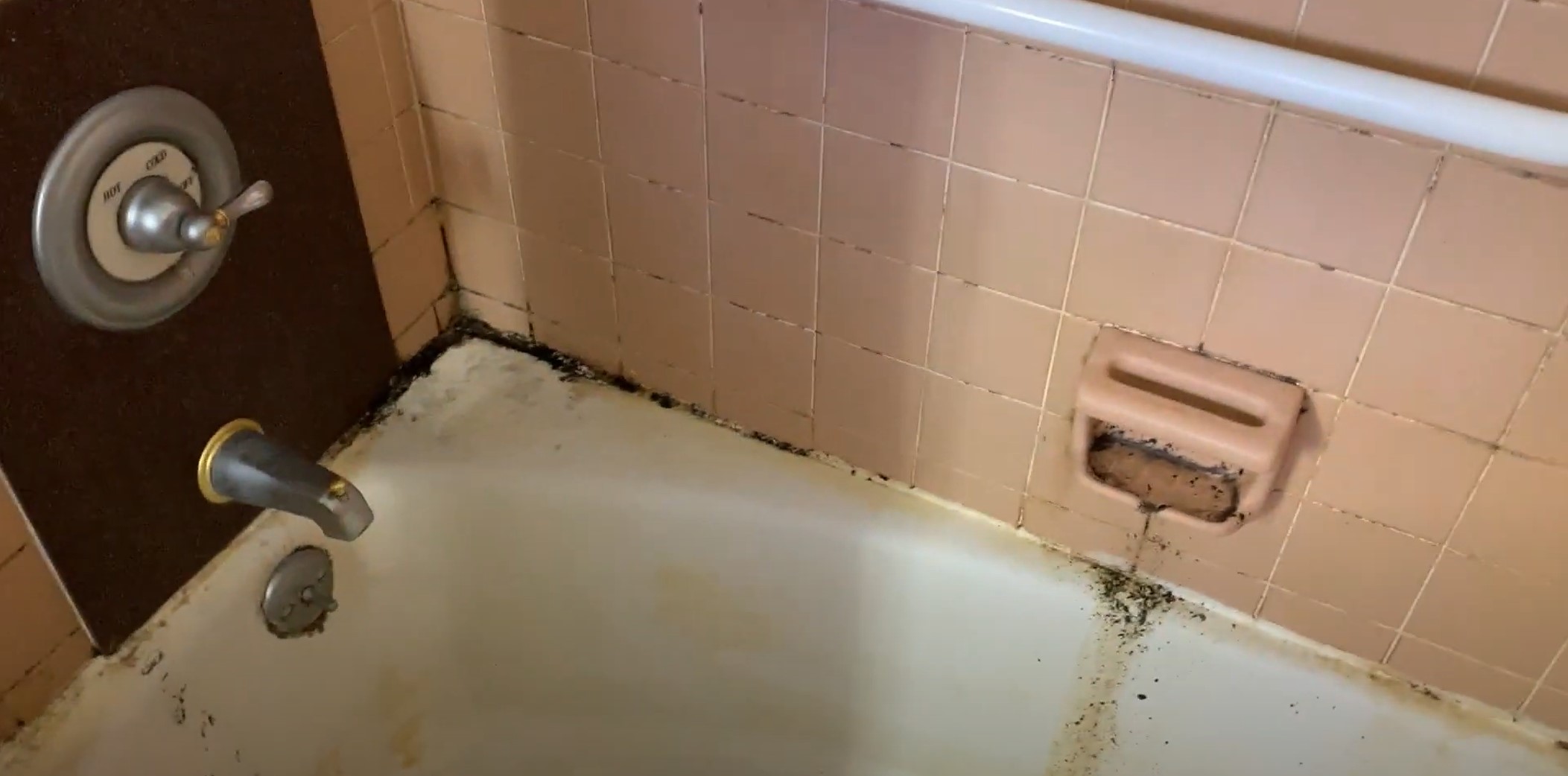

Bathroom Accessories
Why Does My Bathtub Get Moldy
Published: February 26, 2024
Learn how to prevent mold in your bathtub with the right bathroom accessories. Discover effective solutions to keep your bathroom clean and mold-free.
(Many of the links in this article redirect to a specific reviewed product. Your purchase of these products through affiliate links helps to generate commission for Storables.com, at no extra cost. Learn more)
Introduction
A warm, relaxing bath can be a rejuvenating experience, offering a tranquil escape from the hustle and bustle of daily life. However, the presence of mold in your bathtub can quickly turn this sanctuary into a source of frustration and concern. The appearance of mold in your bathtub is not only unsightly but can also pose potential health risks. Understanding the causes of mold growth, as well as effective prevention and cleaning methods, is crucial for maintaining a clean and hygienic bathroom environment.
Mold thrives in damp, humid environments, making the bathroom an ideal breeding ground. The combination of moisture, warmth, and organic matter provides the perfect conditions for mold spores to take hold and proliferate. Whether it's the grout between tiles, the caulking around the edges of the tub, or even the surface of the tub itself, no area is immune to the potential invasion of mold.
In addition to being aesthetically displeasing, mold in the bathtub can also lead to respiratory issues and allergies, particularly for individuals with sensitivities to mold spores. Furthermore, prolonged exposure to mold can exacerbate existing respiratory conditions, making it essential to address and prevent mold growth in the bathroom.
By gaining insight into the causes of mold in bathtubs, implementing effective prevention strategies, and employing proper cleaning techniques, you can reclaim your bathroom as a pristine and inviting space for relaxation and rejuvenation. Let's delve into the factors contributing to mold growth in bathtubs and explore practical solutions for maintaining a mold-free bathing environment.
Key Takeaways:
- Say goodbye to mold in your bathtub by drying surfaces, enhancing ventilation, and addressing leaks. Regular cleaning with white vinegar or commercial cleaners can keep your bathtub pristine and mold-free.
- Prevent mold in your bathtub by promptly drying surfaces, improving ventilation, and sealing grout. Regular cleaning with white vinegar or commercial cleaners can effectively eradicate existing mold and inhibit its resurgence.
Read more: Why Does My Cat Get In The Bathtub
Causes of Mold in Bathtubs
Mold growth in bathtubs can be attributed to various factors, all of which are linked to the ideal conditions for mold proliferation. Understanding these underlying causes is essential for effectively addressing and preventing mold in your bathroom.
-
Moisture Accumulation: The primary catalyst for mold development in bathtubs is moisture. After bathing or showering, residual water droplets often linger on the surfaces of the tub, tiles, and grout. If not promptly dried or ventilated, this moisture creates an environment conducive to mold growth.
-
Inadequate Ventilation: Poor ventilation in the bathroom can exacerbate moisture accumulation, providing a breeding ground for mold. Without proper airflow, dampness lingers, allowing mold spores to settle and thrive on damp surfaces.
-
Leaky Fixtures and Pipes: Any leaks in the bathtub fixtures or plumbing can lead to persistent moisture, fostering mold growth. Even minor leaks can result in hidden pockets of dampness, promoting the proliferation of mold behind walls or under the tub.
-
Organic Matter: The presence of organic matter, such as soap scum, skin cells, and other residues, provides a food source for mold. When combined with moisture, these substances create an ideal habitat for mold spores to colonize and spread.
-
Grout and Caulking Deterioration: Over time, the grout between tiles and the caulking around the edges of the tub can deteriorate, leading to cracks and gaps. These compromised areas not only trap moisture but also provide crevices where mold can take hold and flourish.
-
Lingering Bath Products: Leaving wet bath products, such as loofahs, sponges, or washcloths, in the bathtub can contribute to prolonged moisture retention. These items, if not properly dried and stored, can become breeding grounds for mold, which can then spread to the surrounding surfaces.
Understanding these causes of mold in bathtubs is the first step toward effectively addressing and preventing its recurrence. By implementing targeted strategies to mitigate moisture, improve ventilation, and maintain cleanliness, you can significantly reduce the risk of mold growth in your bathtub, ensuring a hygienic and inviting bathing environment.
Prevention of Mold in Bathtubs
Preventing mold growth in bathtubs requires a proactive approach focused on minimizing moisture, enhancing ventilation, and maintaining cleanliness. By implementing the following preventive measures, you can effectively safeguard your bathtub against the insidious invasion of mold.
-
Promptly Dry Surfaces: After each use, thoroughly dry the surfaces of the bathtub, tiles, and surrounding areas to eliminate lingering moisture. Using a squeegee or towel can help prevent water droplets from accumulating and creating an environment conducive to mold growth.
-
Enhance Ventilation: Improve airflow in the bathroom by utilizing exhaust fans during and after bathing. If your bathroom lacks a ventilation fan, consider installing one to expel excess moisture and prevent it from lingering in the air and on surfaces.
-
Address Leaks and Dampness: Regularly inspect and promptly repair any leaks in the bathtub fixtures, faucets, or plumbing. Additionally, address any signs of dampness or water damage promptly to prevent the accumulation of moisture that can fuel mold growth.
-
Clean Regularly: Establish a routine for cleaning the bathtub and its surroundings to remove soap scum, residues, and other organic matter that can serve as a food source for mold. Use a mildew-resistant cleaner or a solution of water and white vinegar to effectively combat mold and prevent its recurrence.
-
Seal Grout and Caulking: Periodically inspect and reseal the grout between tiles and the caulking around the edges of the tub to prevent moisture from seeping into these vulnerable areas. Maintaining intact seals helps thwart the infiltration of water and inhibits mold colonization.
-
Minimize Clutter: Avoid leaving damp bath products, such as loofahs, sponges, or washcloths, in the bathtub after use. Promptly dry and store these items in a well-ventilated area to prevent the accumulation of moisture and inhibit mold proliferation.
-
Utilize Mold-Resistant Products: Consider using mold-resistant paint for bathroom walls and ceilings, as well as mold-resistant caulk for sealing joints and gaps. These specialized products can provide an additional layer of protection against mold growth in the bathroom.
By diligently implementing these preventive measures, you can significantly reduce the likelihood of mold taking hold in your bathtub, preserving a clean, hygienic, and inviting bathing space. Consistent maintenance and proactive measures are key to thwarting the persistent threat of mold and ensuring a pristine bathroom environment for relaxation and rejuvenation.
Cleaning and Removing Mold from Bathtubs
When it comes to combating mold in bathtubs, prompt and thorough cleaning is essential for eradicating existing mold and preventing its resurgence. By employing effective cleaning techniques and utilizing appropriate cleaning agents, you can restore your bathtub to a pristine and mold-free state.
Steps for Cleaning Mold from Bathtubs
-
Safety Precautions: Before initiating the cleaning process, ensure proper ventilation in the bathroom by opening windows or using exhaust fans. Additionally, donning protective gloves and a mask is advisable to minimize exposure to mold spores during cleaning.
-
Prepare a Cleaning Solution: Create a cleaning solution by combining equal parts of water and white vinegar in a spray bottle. Alternatively, you can use a commercial mold and mildew cleaner recommended for use in bathrooms.
-
Apply the Cleaning Solution: Liberally spray the affected areas of the bathtub with the cleaning solution, ensuring thorough coverage of mold-infested surfaces. Allow the solution to sit for approximately 10-15 minutes to effectively penetrate and loosen the mold.
-
Scrubbing and Removal: Utilize a sturdy brush or scrubbing pad to vigorously scrub the mold-infested surfaces, focusing on grout lines, caulking, and any other areas where mold has taken hold. For stubborn mold deposits, a mixture of baking soda and water can be used as an abrasive yet non-toxic cleaning agent.
-
Rinse and Dry: After scrubbing, thoroughly rinse the bathtub surfaces with clean water to remove residual mold and cleaning solution. Use a clean towel or cloth to dry the surfaces, ensuring that no moisture remains to deter the reappearance of mold.
-
Preventive Measures: To inhibit future mold growth, consider applying a mold-resistant coating or sealant to the cleaned surfaces. Additionally, implementing regular cleaning and maintenance routines can help prevent the recurrence of mold in the bathtub.
Read more: Why Does My Dog Get In The Bathtub?
Recommended Cleaning Agents for Mold Removal
- White Vinegar: Known for its natural anti-fungal properties, white vinegar is an effective and eco-friendly solution for combating mold in bathtubs.
- Bleach: When used in a well-ventilated area and with caution, bleach can be a potent mold-killing agent. However, it should be used sparingly and diluted as per the manufacturer's recommendations.
- Commercial Mold and Mildew Cleaners: There are various specialized cleaners formulated to target mold and mildew in bathrooms, offering convenience and efficacy in mold removal.
By diligently following these cleaning steps and utilizing appropriate cleaning agents, you can effectively eliminate mold from your bathtub, restoring it to a hygienic and inviting condition. Consistent maintenance and proactive cleaning practices are vital for preventing the recurrence of mold, ensuring a clean and healthy bathing environment for your well-being and relaxation.
To prevent mold in your bathtub, regularly clean and dry the surfaces, use a bathroom fan or open a window to reduce moisture, and consider using a mold-resistant caulk or grout.
Conclusion
In conclusion, the presence of mold in bathtubs is a common issue that can detract from the cleanliness and comfort of your bathroom space. Understanding the underlying causes of mold growth, implementing preventive measures, and employing effective cleaning techniques are essential for maintaining a mold-free and hygienic bathing environment.
By addressing factors such as moisture accumulation, inadequate ventilation, leaky fixtures, organic matter, and deteriorating grout and caulking, you can proactively mitigate the conditions that foster mold growth in bathtubs. Promptly drying surfaces, enhancing ventilation, addressing leaks, and maintaining cleanliness are pivotal in preventing the proliferation of mold.
Furthermore, implementing regular cleaning routines using appropriate cleaning agents, such as white vinegar, bleach, or commercial mold and mildew cleaners, can effectively eradicate existing mold and inhibit its resurgence. Thorough scrubbing, rinsing, and drying of bathtub surfaces, coupled with the application of preventive measures, can help restore your bathtub to a pristine and mold-free state.
By diligently adhering to these preventive and cleaning strategies, you can reclaim your bathtub as a sanctuary for relaxation and rejuvenation, free from the unsightly and potentially harmful presence of mold. Consistent maintenance, proactive measures, and a keen awareness of the factors contributing to mold growth are crucial for preserving a clean, hygienic, and inviting bathing environment.
In essence, by staying vigilant and proactive in addressing moisture, ventilation, cleanliness, and maintenance, you can effectively combat mold growth in your bathtub, ensuring a pristine and welcoming space for indulging in the restorative pleasures of a warm and tranquil bath. Embracing these strategies will not only enhance the aesthetics of your bathroom but also contribute to a healthier and more enjoyable bathing experience for you and your household.
Frequently Asked Questions about Why Does My Bathtub Get Moldy
Was this page helpful?
At Storables.com, we guarantee accurate and reliable information. Our content, validated by Expert Board Contributors, is crafted following stringent Editorial Policies. We're committed to providing you with well-researched, expert-backed insights for all your informational needs.


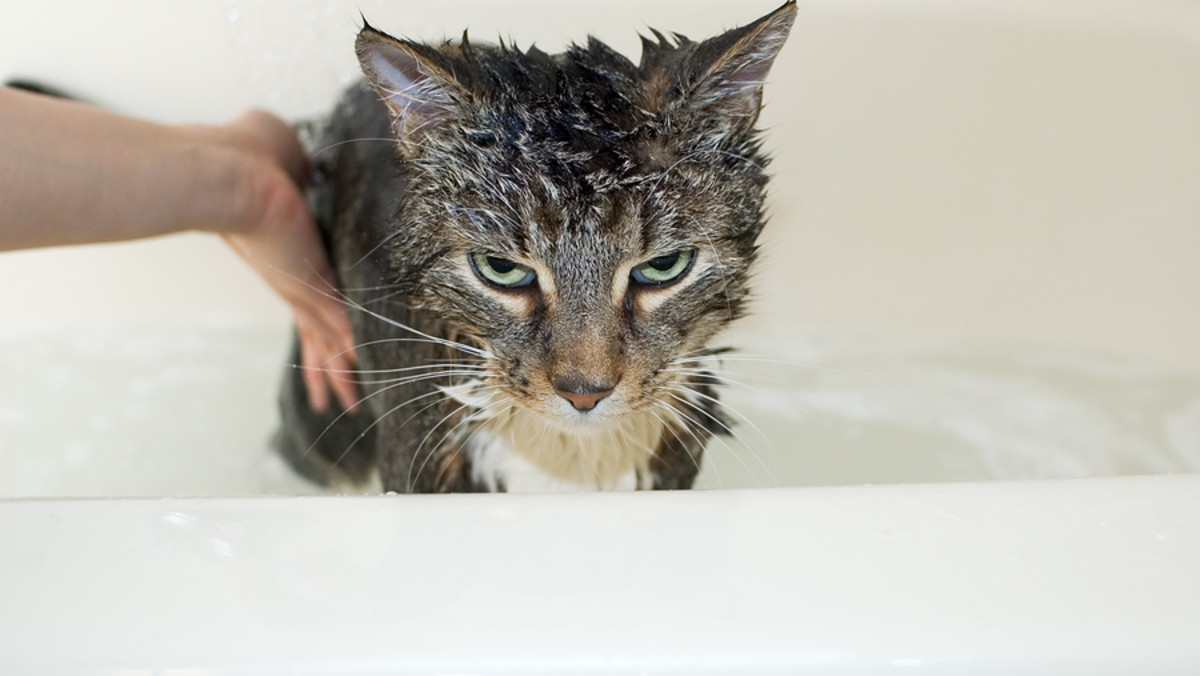

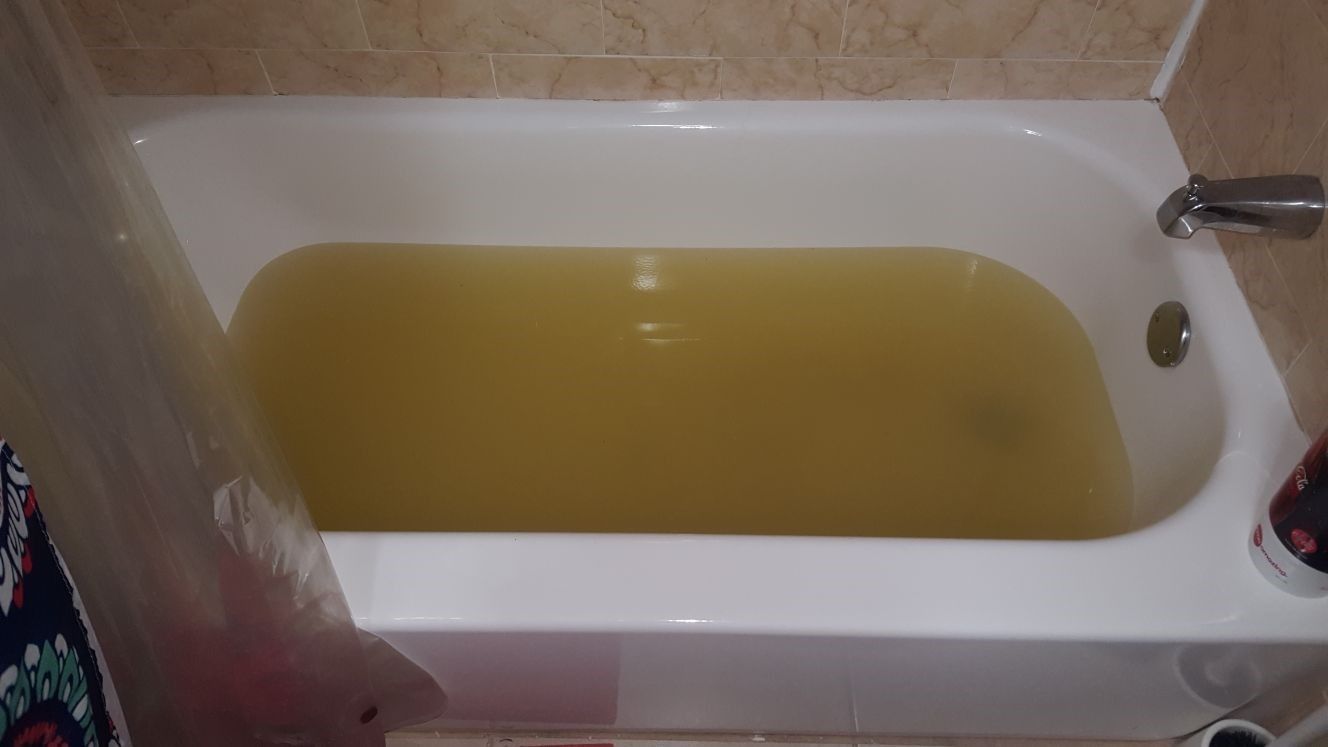


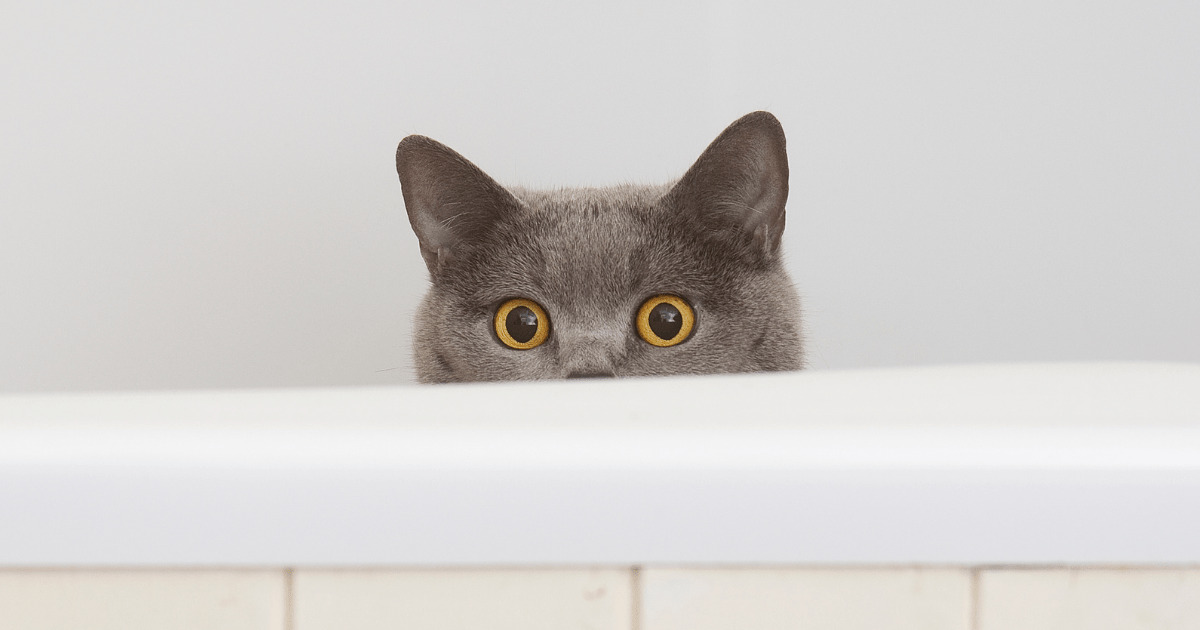
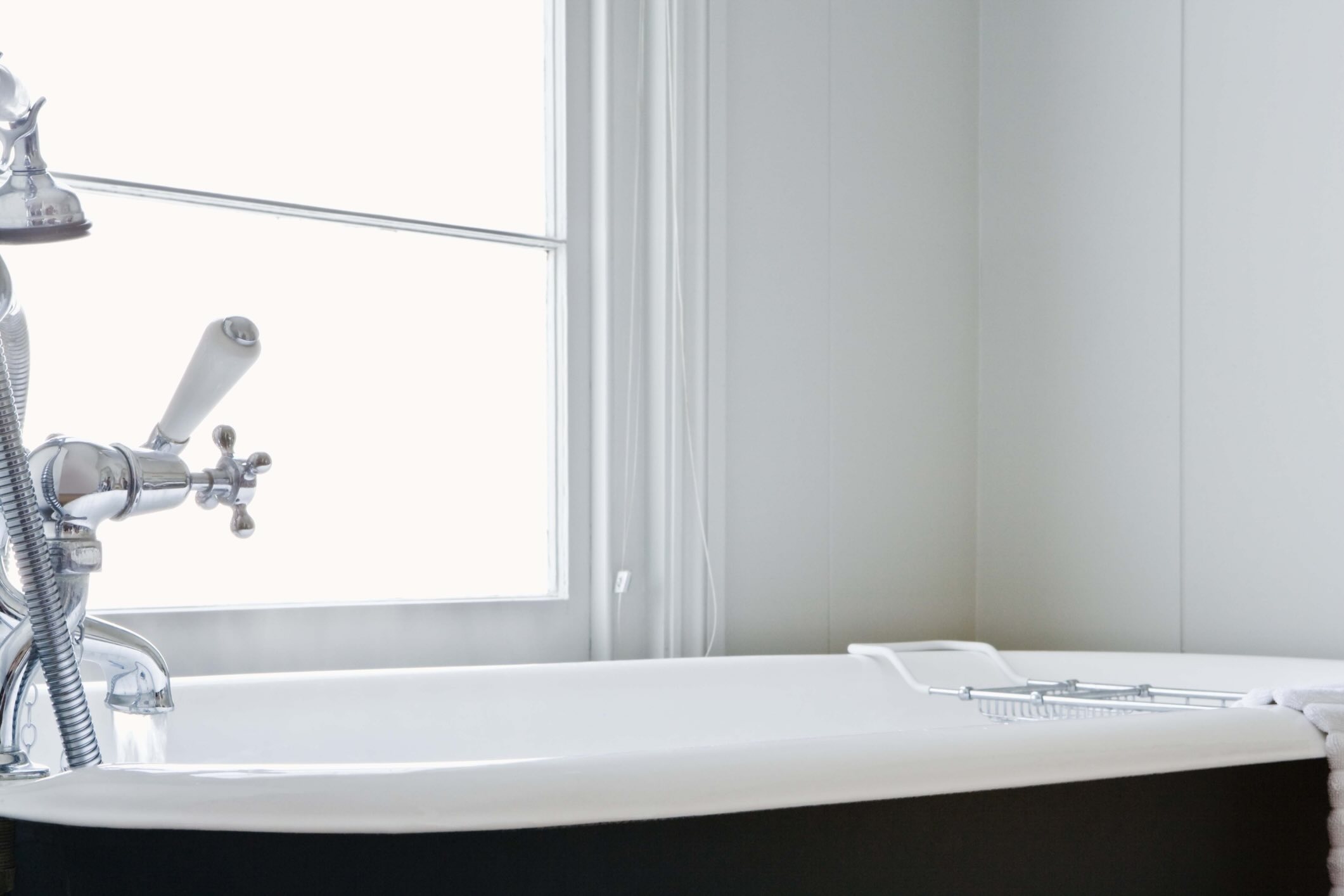
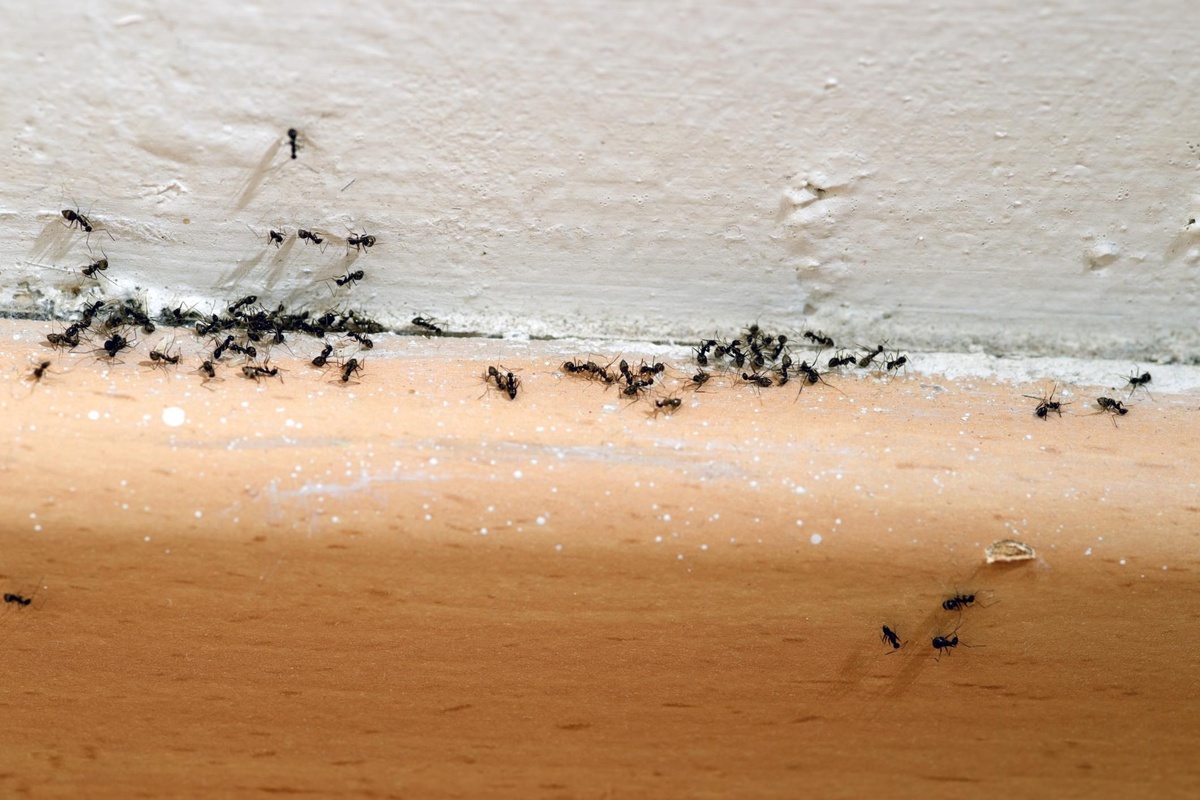
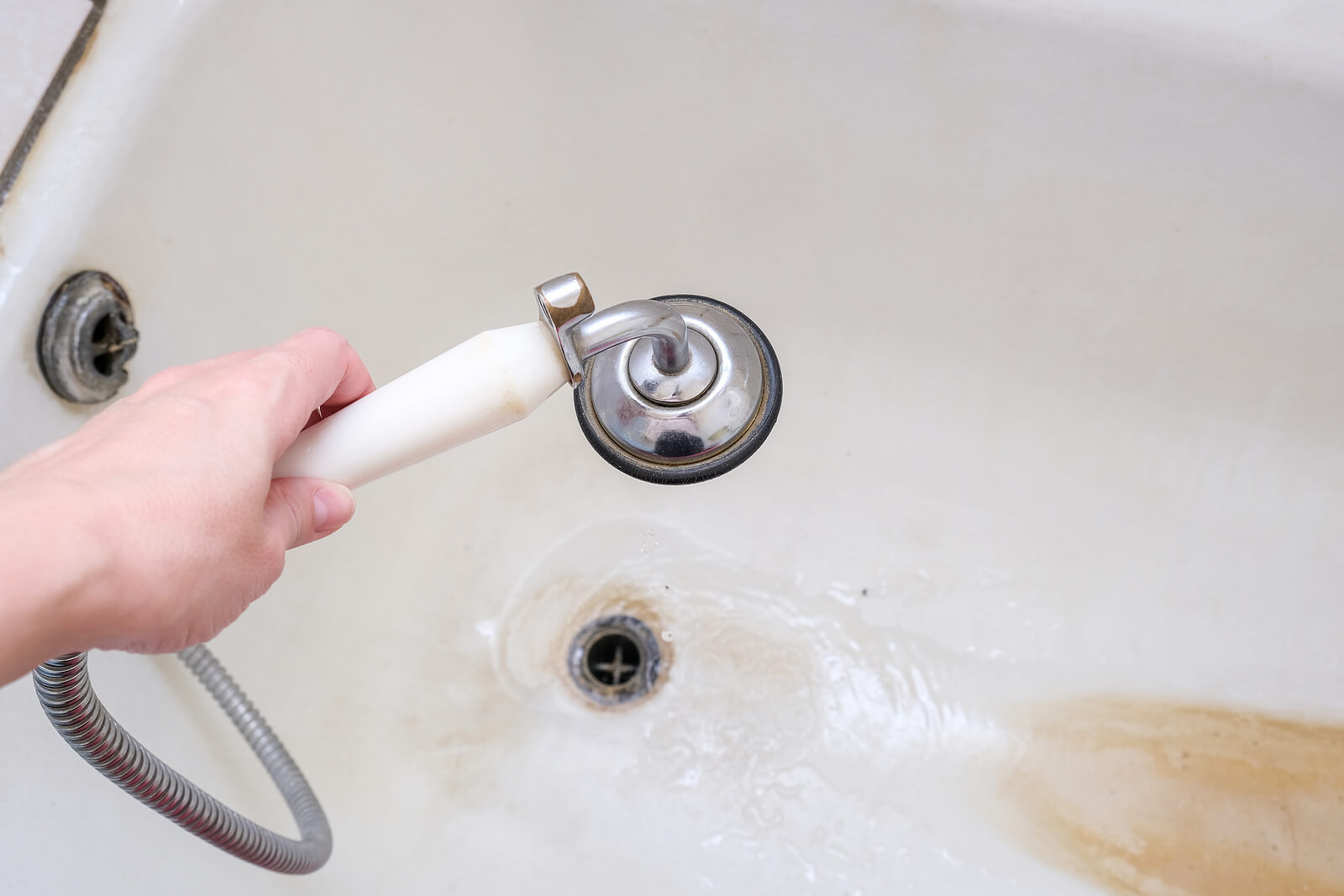
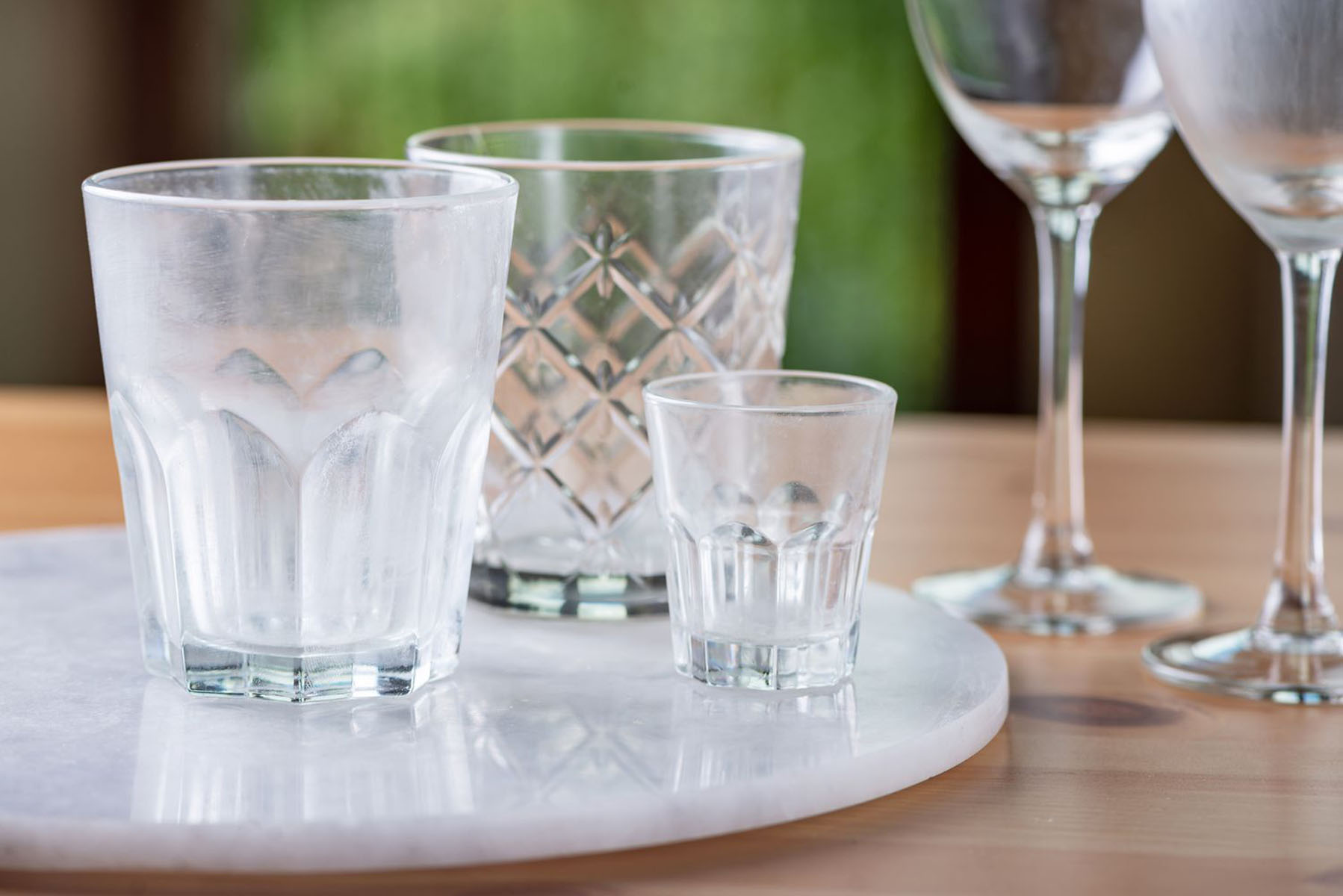
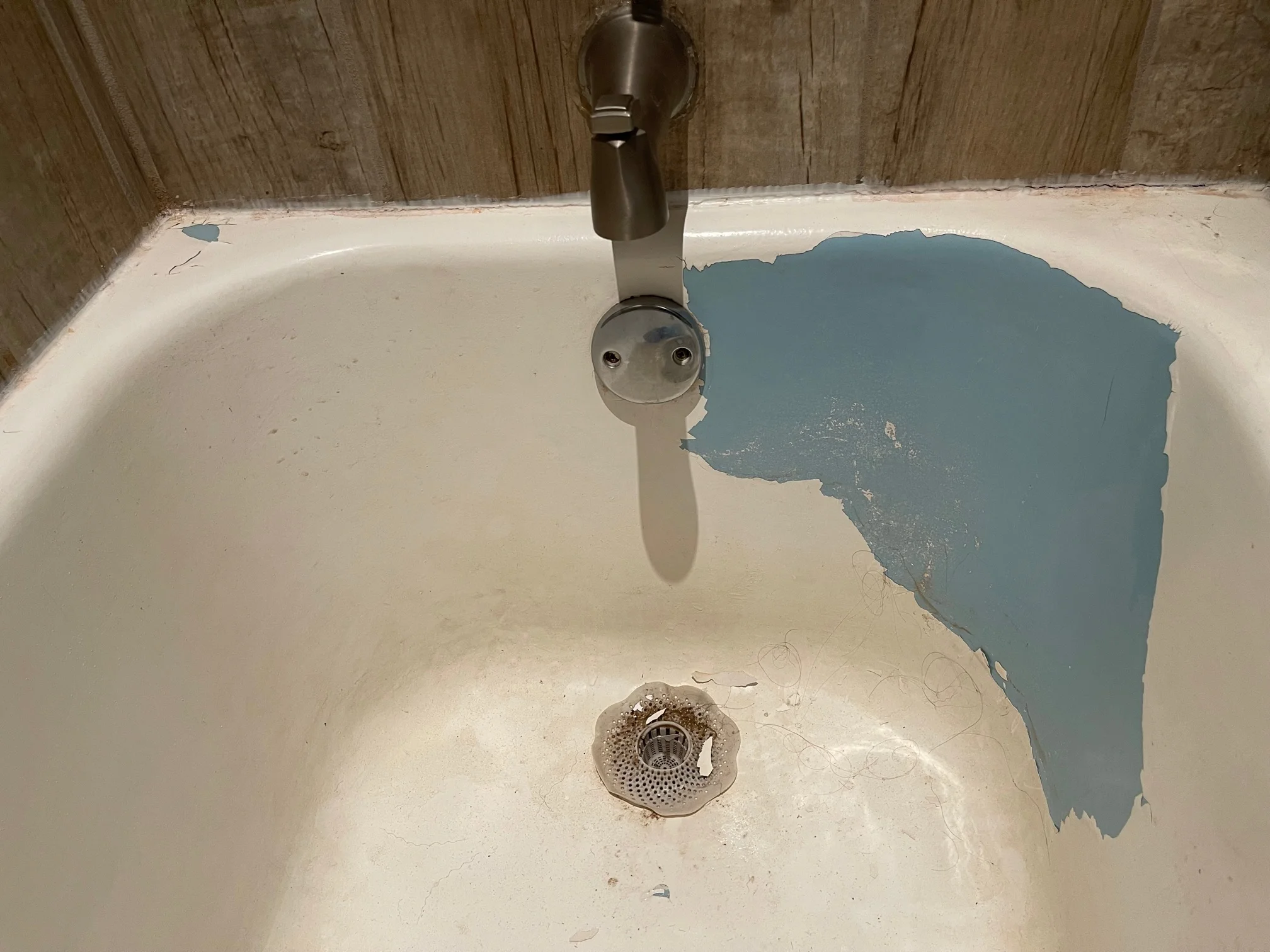
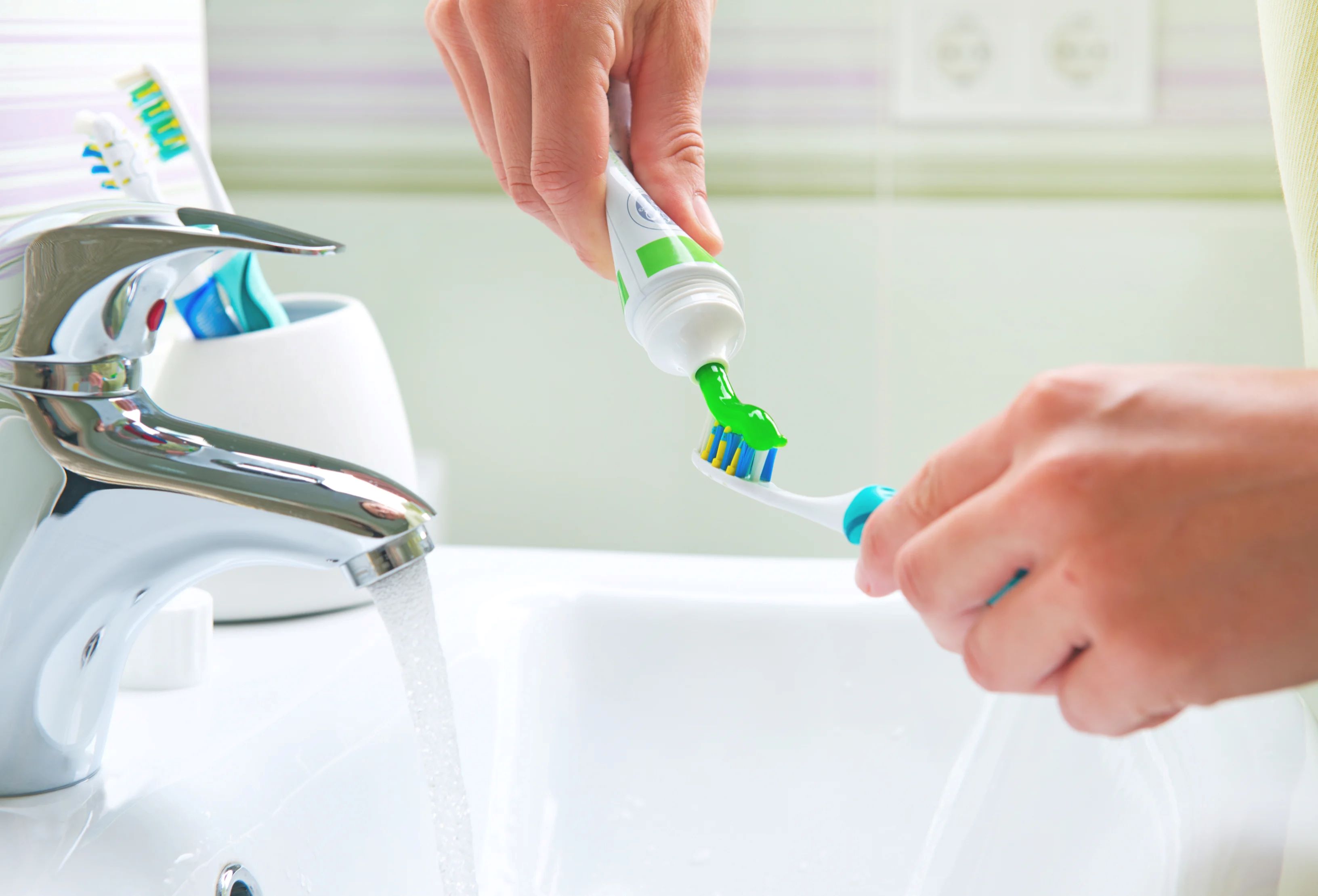

0 thoughts on “Why Does My Bathtub Get Moldy”